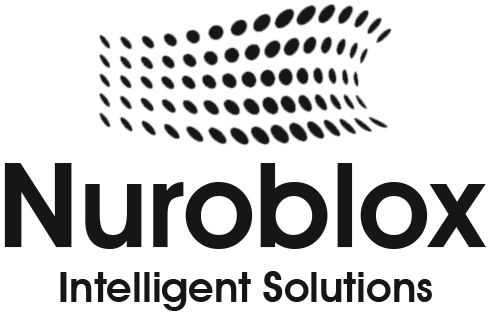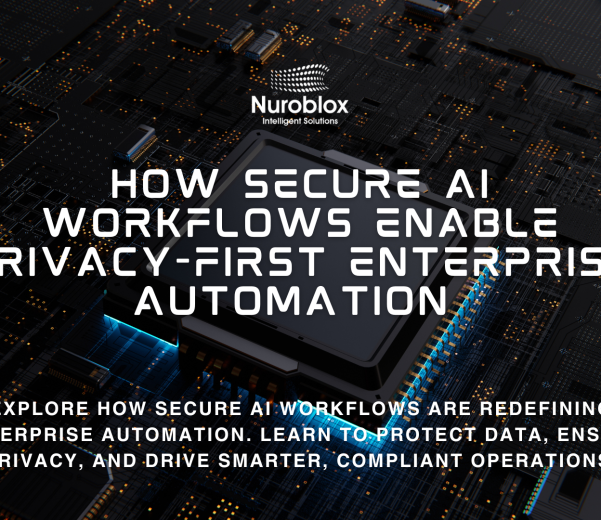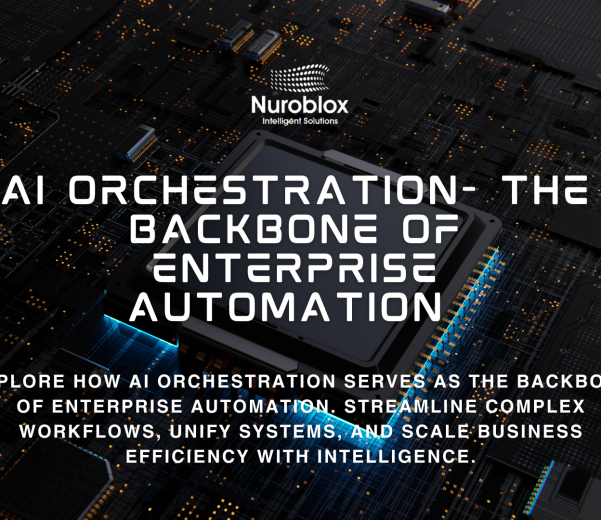Enterprise automation
- Home
- Enterprise automation
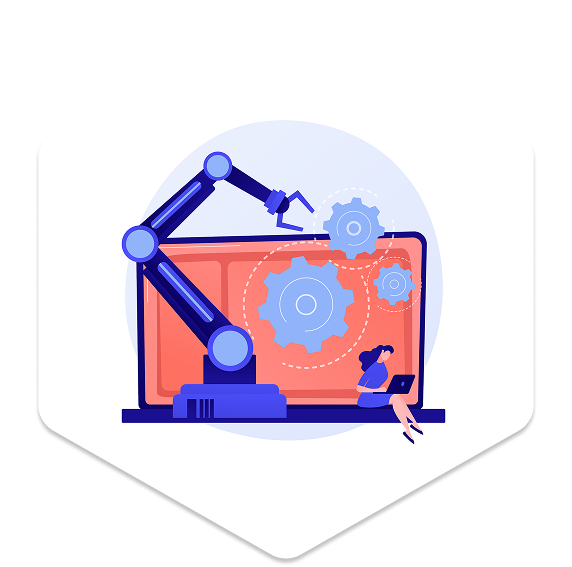
// ABOUT ENTERPRISE AUTOMATION
Enterprise Automation
Discover how the future of work is being redefined through intelligent automation. By integrating advanced AI, machine learning, and orchestration, enterprises can streamline operations, optimize workflows, and execute complex processes with minimal manual effort.










What Is Enterprise Automation?
Enterprise automation refers to the use of advanced technologies to streamline and optimize business processes across an organization. By leveraging tools like robotic process automation (RPA), artificial intelligence (AI), machine learning (ML), and business process management (BPM), enterprises can reduce manual effort and improve operational efficiency.
These technologies come together under the umbrella of intelligent automation (IA), enabling software bots also known as digital workers to handle repetitive, rules-based tasks with minimal human intervention.
For instance, instead of an employee manually entering data into a system, enterprise automation software can automatically extract relevant information, populate the appropriate fields in a spreadsheet or database, and distribute it to the right stakeholder. Saving time and reducing errors.
What Are the Types of
Enterprise Automation?
Basic Automation
Basic automation is designed to handle simple, repetitive tasks with minimal or no coding required, often using intuitive drag-and-drop interfaces. It’s commonly used by non-technical users to streamline everyday tasks such as automating spreadsheet formulas, setting up basic forms and notification alerts, creating custom dashboards for sales or performance tracking, running simple IT scripts for routine updates, and routing files to the appropriate folders automatically.
Business Process Automation (BPA)
Business Process Automation streamlines multi-step workflows across teams and departments, enabling tasks to run efficiently with minimal manual input. It's commonly used to coordinate cross-functional tasks, automate lead follow-ups and customer outreach, merge and analyze data from various sources, manage internal approval processes, and track customer interactions to ensure consistency and speed across operations.
Integrated Automation
Integrated automation, also known as integration automation, connects disparate systems and platforms to enable seamless data flow and end-to-end process automation. This type of automation is used to sync customer relationship management (CRM) tools with task management systems, link inventory, logistics, and supply chain operations with demand forecasting tools, and automate finance-related tasks such as invoicing, approvals, and payments. All in real time.
Robotic Process Automation (RPA)
Robotic Process Automation replicates human actions in digital environments, such as copying and pasting data or navigating software interfaces, while Intelligent Automation takes it a step further by integrating artificial intelligence and machine learning to handle more complex, data-driven tasks. These technologies are used to extract and input data across systems, fill out digital forms, update real-time dashboards, and intelligently tag, validate, and store business-critical information with minimal human oversight.
Key Technologies Behind Enterprise Automation
Enterprise automation brings together a range of technologies designed to streamline business processes across systems and teams. Many modern platforms support low-code or no-code development, allowing non-technical users to build and deploy automations quickly. Without relying heavily on IT teams.

How Does Enterprise Automation Work?

We’re Here to Assist You and Address
All Your Questions Anytime!
Key Applications of Enterprise Automation Across Industries
Enterprise automation unlocks efficiency and scalability across nearly every department by streamlining tasks, reducing errors, and accelerating decision-making. Here are some powerful ways it’s being applied in real-world scenarios-
Healthcare
Human Resources
Information Technology

Streamlined Patient Engagement & Operations

Smarter Talent Management & Onboarding
Use automation to screen resumes, shortlist candidates, and streamline onboarding. HR teams can also automate routine processes like payroll, benefits administration, and performance tracking, allowing them to focus on strategic initiatives.

Self-Healing Systems & Routine Task Management
Automate critical IT functions such as server maintenance, data backups, software updates, and security scans. Intelligent automation ensures systems remain stable, secure, and operational without constant manual oversight.
Why Enterprise Automation Matters
Implementing enterprise automation software unlocks strategic advantages that help organizations stay agile, competitive, and future-ready.
Streamlined Operations
Automation accelerates complex workflows, reduces manual effort, and improves overall process consistency. Boosting productivity across teams and departments.
Reduced Costs Over Time
By automating repetitive tasks, businesses lower labor costs and resource waste. Intelligent systems continuously improve processes, delivering long-term cost efficiency.
Greater Accuracy & Compliance
Automated systems follow set rules, reducing human error and ensuring consistent documentation. Built-in audit trails support regulatory compliance with ease.
Smarter, Faster Decisions
Automation platforms consolidate real-time data from multiple sources into a single view, empowering leaders to make quicker, data-backed decisions with confidence.
The Core Objective of Enterprise Automation
The primary focus of enterprise automation is to unify and streamline business operations by automating processes across departments and systems. It enables seamless integration between existing tools and technologies, creating efficient, end-to-end workflows that reduce friction and manual effort.

